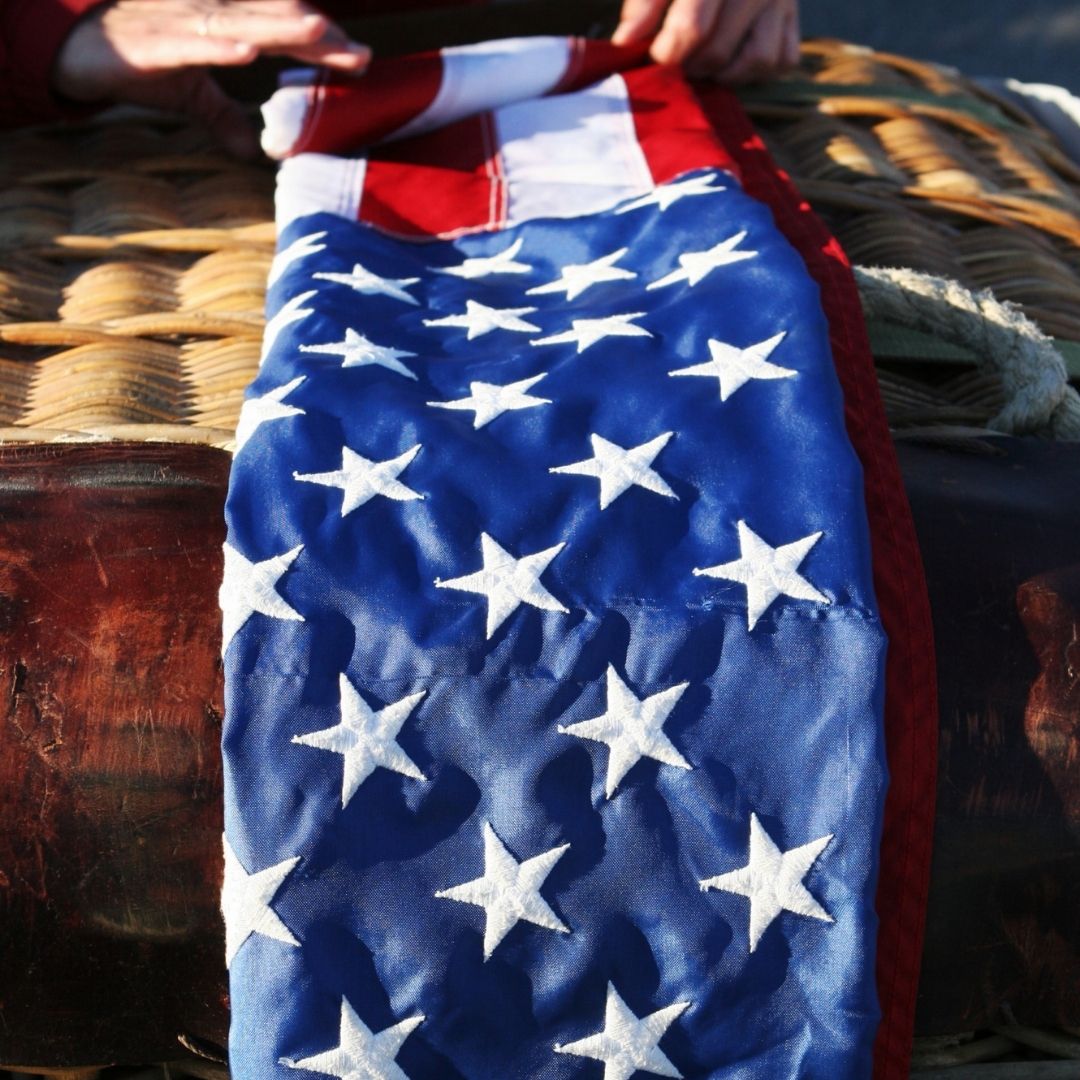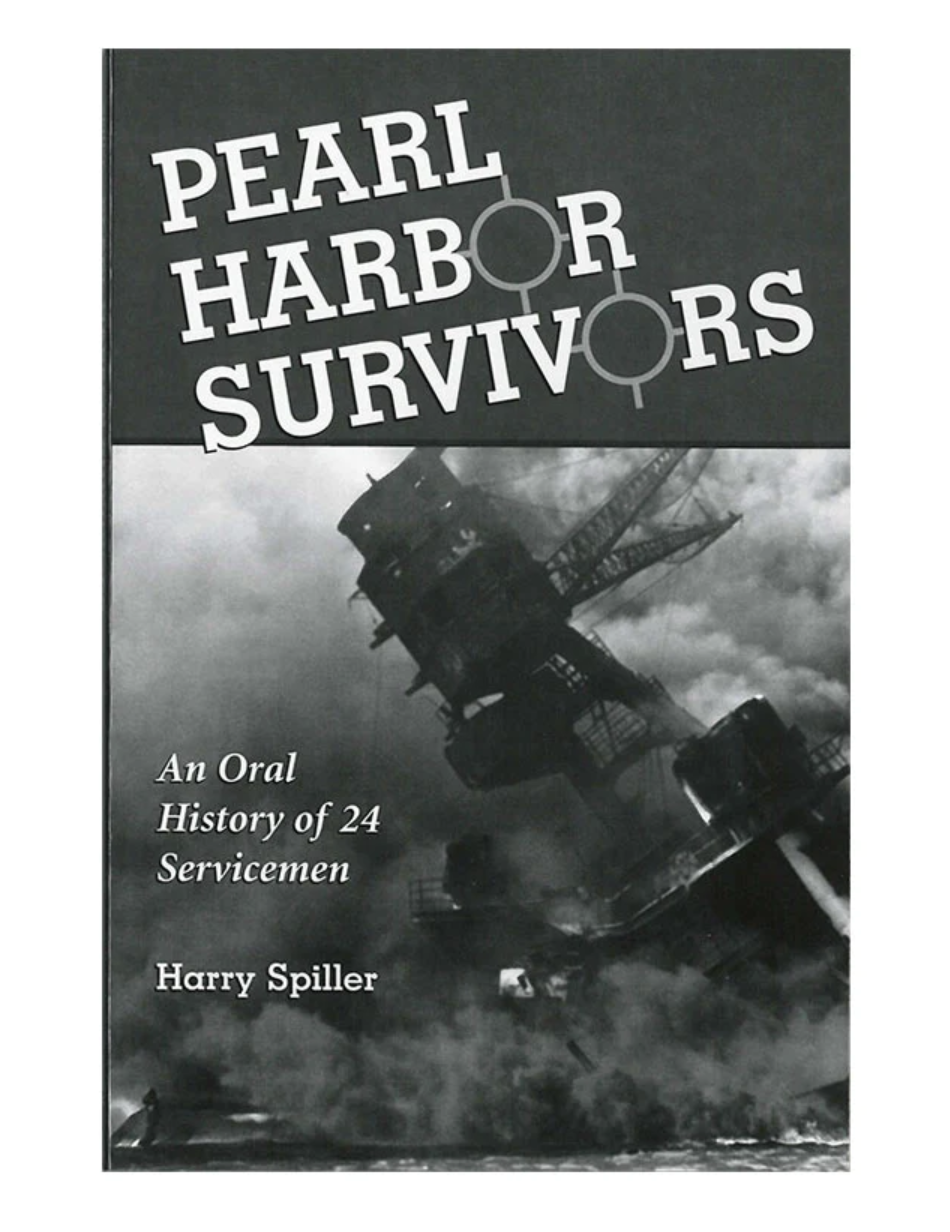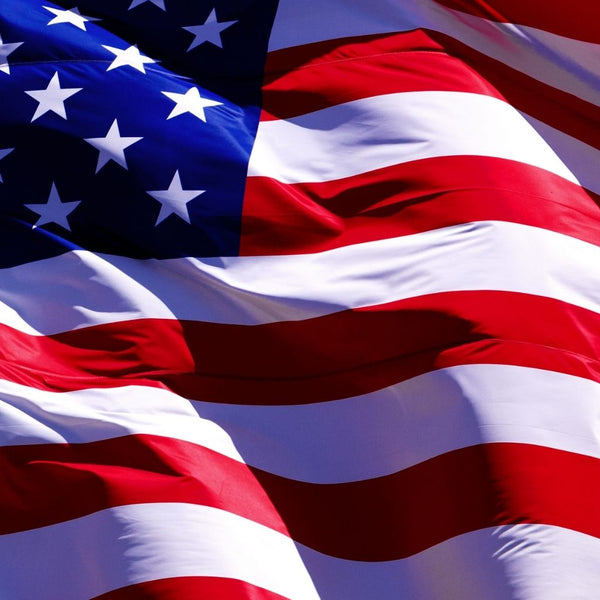Your Cart is Empty
InAir B-25 Mitchell E-Z Build Model Kit
It was a present to my 7 year old grandson - he is very happy, he put that together, thank you so much !!
Fallen Senior Navy Chief
My best friend had a flag flown for my father when he passed, and I wanted to return the Hornor. Placed into a flag box along with the framed certificate is such a great way to remember a great friend that served our great country with commitment and grace. Our 3x5 flag and certificate arrived on time and exactly as expected. Bless you all that do this work for our loved ones.
Flag flown over the USS ARIZONA on 7 Dec. 2023
I ordered the above referenced flag for my son-in-law. It was shipped directly to him. In past years I've purchased a few of the same flags (flags flown on earlier dates) for my wife and myself. Thanks for the wonderful service in shipping this flag to our son-in-law. And thank you very much for the work you folks do for Pacific Historic Parks and for keeping the collective memory of Pearl Harbor and U.S. entry into World War II in the Public's mind! Andrew McKane IV, Maunaloa, Molokai.
Beautiful Design
It is a beautiful design and message. The cotton is very lightweight. The neckline is very wide like a boatneck meets a deep scoop. It is not overly long or thin hitting me just at the hips so it looks dressier.
Just what we wanter
We needed a replacement for my dad's worn-out flag and after a wonderful trip to Hawaii I decided that the best way to commemorate it was to get this flag. My dad and my father in law both were in the service in WWII. We will be using it in our Northwoods home in Wisconsin.
Beautiful plumeria cross pendant
The service received was awesome from start to finish..
This pendant is very beautiful. Holds alot of history in itself.
I purchased this pendant with Christmas gift money I received from my youngest son.
Mahalo.
Great service
Adding this HD Chip to my collection was easy and fast with Pacific Historic Parks online service.
Womans Sizes are like Kids sizes
Love the design of the graphics, but the womans shirts are not even close to size. While in Hawaii a couple of months we bought her a Womans Small at the park. Returned home and it was the size of a child's. I then ordered a Womans Large form this website and it is too small.
It is not a women’s shirt!
Just like the other pink shirt, it is a men’s or unisex cut shirt. I’ve ordered other women’s shirts and they are exactly as shown. Very disappointing!! No one from the shop responded to my email about the cut of this shirt.












Sid Marcy
March 31, 2023
On the morning of December 7, 1941, as a flight of Japanese planes flew low over us, I stood with my mother looking down at the harbor where my father and so many others struggled for survival. DS Marcy, the junior medical officer on the Pennsylvania (BB-38), was at the end of his duty watch and the senior medical officer had just relieved him when the attack began. My father survived the attack, the senior medical officer did not.